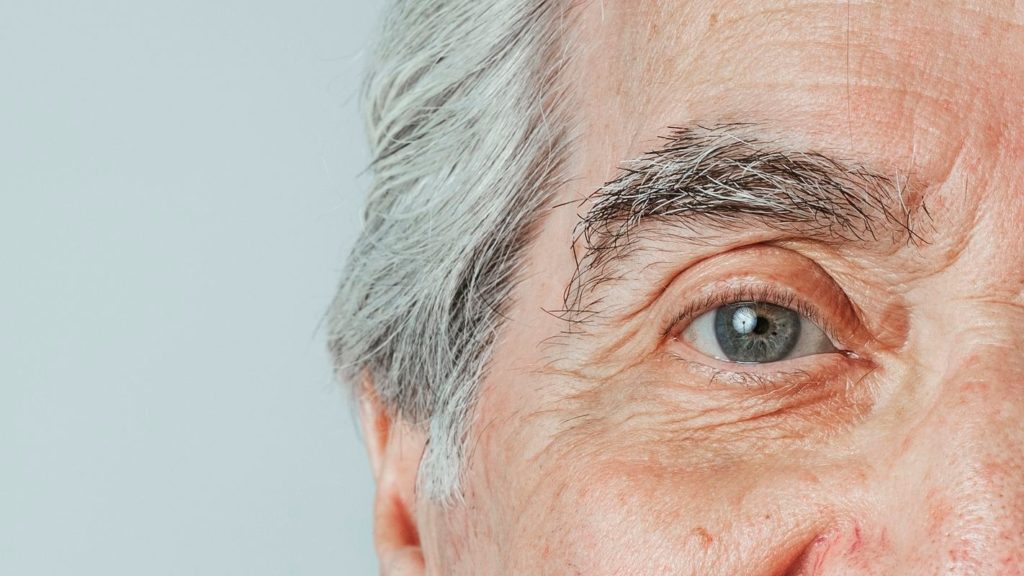It’s well known that trauma is one of the primary causes of substance misuse. Even if an individual is willing to go through the process of treatment for a substance use disorder, it is still necessary to get to the root of the problem that caused their addiction. If trauma isn’t addressed during treatment, the chances of an eventual relapse are more likely. Treating trauma and addiction simultaneously can be a delicate task so as not to make either condition worse. While there are a lot of different ways to do this, brainspotting is becoming an increasingly popular one. This is because it allows treatment professionals to help their patients find closure from their trauma much faster so that they can begin the healing process as soon as possible.
What Is Brainspotting?
Brainspotting is a type of therapy in which a treatment professional will study movements of the patient’s eyes. Each position of the eyes is linked to a different brainspot, an area of the mind that holds specific emotions and memories. Certain brainspots are associated with negative emotions and trauma. During a brainspotting session, a patient will be asked what past scenario they dealt with that might be the source of their trauma. They will then, as difficult as it may be, be asked to think about that specific scenario to the fullest extent, even to the point in which those feelings of fear, anger, hurt, and worry are brought back up to the surface.
The patient will then be instructed to identify and explain how these feelings affect them physically. For example, they may feel them as chest tightness, stomach pain, dizziness, or numbness in hands or feet. The treatment professional will typically guide the patient to look in different directions and ask them to see if the negative emotions intensify when they are looking in a specific area. When the most serious brainspots have been located, the patient will be asked to explain how they are feeling and describe any memories that are being brought up. They should share anything on their mind, even if it doesn’t sound completely logical. The goal is to access feelings they have buried deep down that still need to be addressed. Once the treatment professional has access to this information, they can then help the patient work through these emotions and begin to heal.
Brainspotting vs EMDR
Brainspotting is comparable to a different method of therapy known as eye movement and desensitization and reprocessing or EMDR. During an EMDR session, a patient will be directed by a therapist to follow different hand movements with their eyes. While doing this, they are encouraged to think of a traumatic event that they experienced. They will then be asked to recount all the emotions and feelings that are associated with that event as well as the different sensations they are experiencing within their body. As the session goes on, the patient will be encouraged to gradually redirect their thoughts to more positive things.
EMDR is carried out over time. The goal is that, as the patient goes through more and more sessions, the negative emotions brought up when recalling their trauma will become weaker and weaker until they no longer have the same effects on the patient. While EMDR is likely more well-known than brainspotting because it has been around longer, it has some disadvantages that brainspotting doesn’t have.
- EMDR requires a lot more talking than brainspotting, which may be difficult for a patient who doesn’t feel comfortable sharing the personal details involved with their trauma.
- EMDR can be a lot more overstimulating than brainspotting, leading to unnecessary added stress and anxiety for the patient.
- EMDR is controversial because it can weaken the effects of the negative emotions that are brought about during treatment. This, in turn, does not allow the therapist to get to the real root of the problem and determine how it is affecting the individual.
One of the biggest issues with EMDR is that it can take many different sessions to make any progress. The process of having to recount traumatic events and focus on the negative emotions associated with them can of course be a very painful and upsetting thing. It can even add to a patient’s trauma. However, brainspotting is a much quicker process and can be taken care of before the patient even leaves the detox center. This way, the patient can begin the healing process without having to be re-traumatized over and over again.
Trauma is one of the leading causes of addiction. When a patient seeks out treatment for a substance use disorder, they must also seek treatment for their trauma. If this doesn’t happen, their chances of relapsing after treatment are more likely. There are a lot of ways to treat substance misuse and addiction simultaneously, but one of the newest ways is through brainspotting. This process involves instructing a patient to look in different directions while recalling past trauma and how that event made them feel. Afterward, they can begin to work through these emotions. Brainspotting is often considered a better option than eye movement and desensitization and reprocessing, also known as EMDR, because it is a much quicker process that doesn’t require the patient to recount their trauma many times. If you are struggling with a substance use disorder, our team at Dream Recovery is here to help. Call (949) 732-1960 today to learn more.

